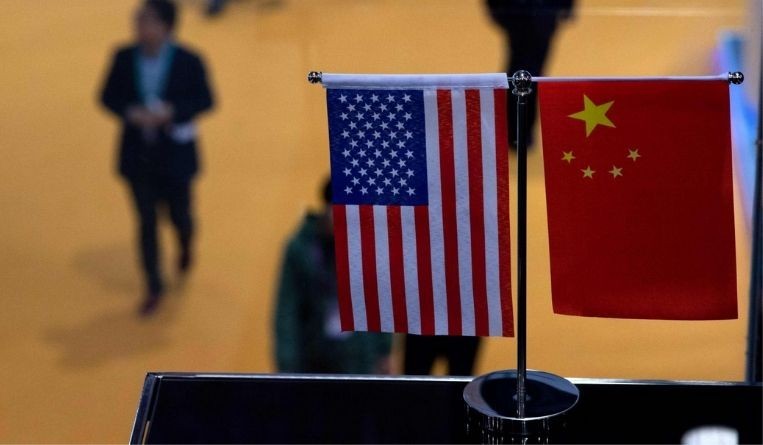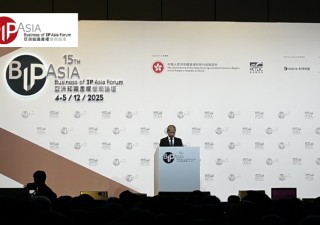- The Economist Intelligence Unit’s core forecast remains that both sides will be unable to reach a substantive deal that addresses the major structural issues in the trade relationship, including US concerns over technology transfer and intellectual property protection.
- However, there are signs that current trade talks could lead to an extension in the current ceasefire, or result in progress in other areas, including greater transparency around subsidies and SOEs on China's side. Nonetheless, such a deal would only be a stop-gap measure, and the risk of a further escalation in the future will persist.
- The trade war is just one aspect of a much broader strategic rivalry, which is rapidly evolving into an arms race for technological dominance.
The US and China are set to enter a long-term technological arms race, The EIU has outlined in a new forecast. In the forecast they asses the likelihood of the US and China agreeing a deal to before March 1 to avoid the next round of tariff increases to have improved. However, such an agreement is unlikely to resolve the major structural issues in the trade relationship, including US concerns over technology transfer and IP protection, meaning that a deal would only provide temporary relief from trade tensions.
Commenting on the forecast Cailin Birch, Global Economist at The Economist Intelligence Unit, said:
“The likelihood that the US and China will make some progress in the ongoing trade talks has increased as a result of mounting domestic pressure in both economies. Nonetheless, we do not expect a meaningful agreement, as the US and China enter into a strategic competition for economic — and particularly technological — dominance."
The EIU’s forecast
Both the US and China are facing increasing economic pressure to make progress in ongoing trade talks. The recent slowdown in China's economic growth is mainly due to domestic factors, including unsustainably high debt levels and surplus industrial capacity; the trade war will exacerbate these trends and raise costs for consumers at an inopportune time. In the US, rising trade barriers are raising input costs for US firms and denting their external competitiveness; combined with a recent moderation in consumer spending growth, these factors will weigh on GDP growth in 2019 in the US.
The potential economic benefits increase the likelihood that the US and China will reach an agreement to avoid the next round of tariff increases. There are signs that the current talks could lead to an extension in the current ceasefire, or result in progress in other areas, including greater transparency around subsidies and state-owned enterprises (SOEs) from China. According to media reports, the negotiating teams are drawing up an MoU on tech transfer and cyber theft, which would also be an important concession on China's part, if it comes to pass. That kind of deal could be substantial enough to allow the US to claim victory in the negotiations, allowing Trump to save face politically after a damaging fight over border security and wall funding. For China, any such agreement would be politically challenging, but would provide welcome respite from mounting economic pressures.
Regardless of what happens, however, we expect existing tariffs to at least remain in place; the deal would likely only be to avoid a further escalation. However, there is still ample opportunity for the deal to fail, as the implementation proves difficult. Either way, the deal is more of a stop-gap measure than a real step forward, as it does not address the core issues at hand (particularly for Robert Lighthizer). This suggests that economic tensions will ultimately return at a later date.
Our core forecast remains that both sides will be unable to reach a substantive deal that comprehensively addresses the major structural issues in the trade relationship, including US concerns over technology transfer and IP protection. The US and China have entered into a strategic competition for long-term economic dominance, meaning that neither side is likely to offer significant concessions. The broader strategic rivalry between the US and China is rapidly evolving into an arms race for technological dominance.
Increasingly, the global economy is at risk of a complete bifurcation of global technology supply chains and the separation of the global landscape into two distinct regional systems: one based on US-led norms and rules, the other centred around China — which would represent a major deterioration in globalization.







